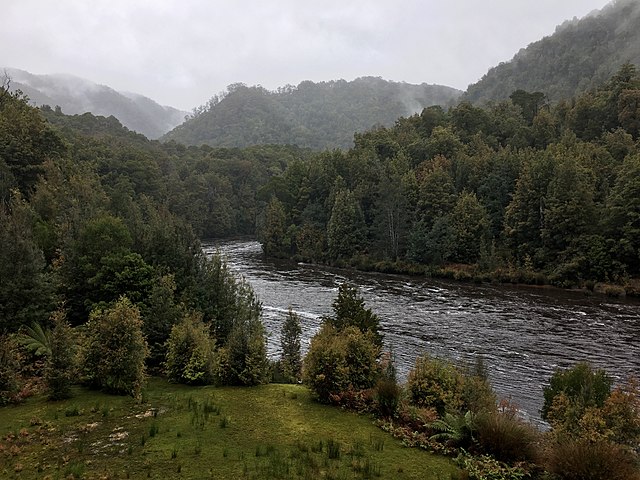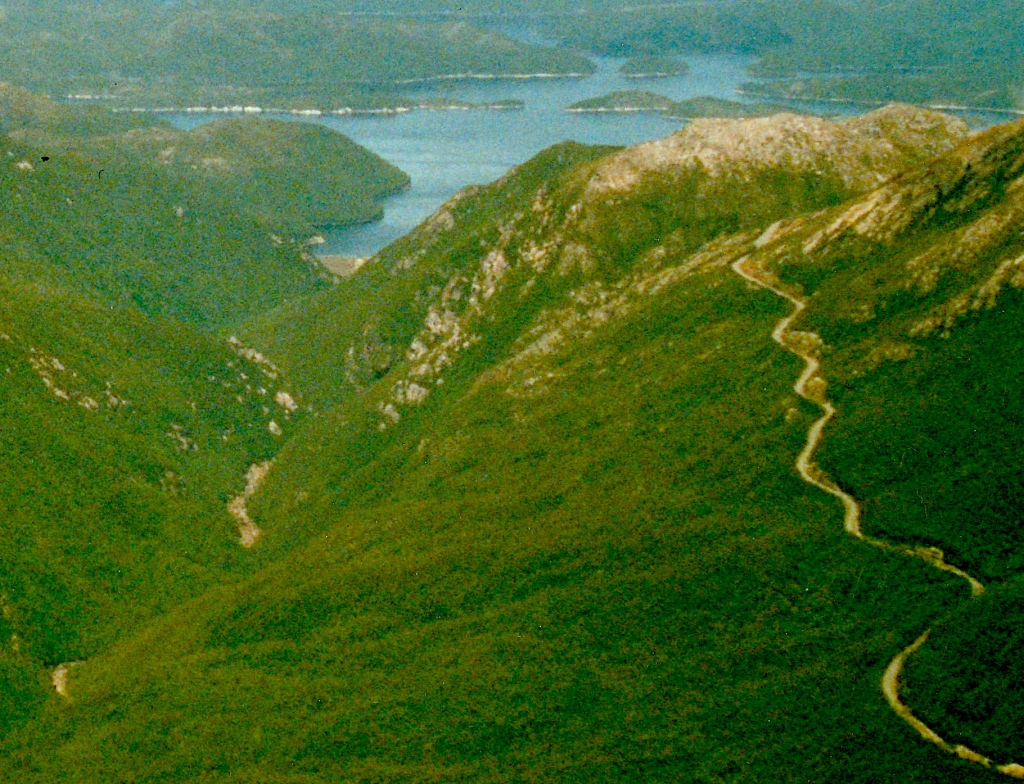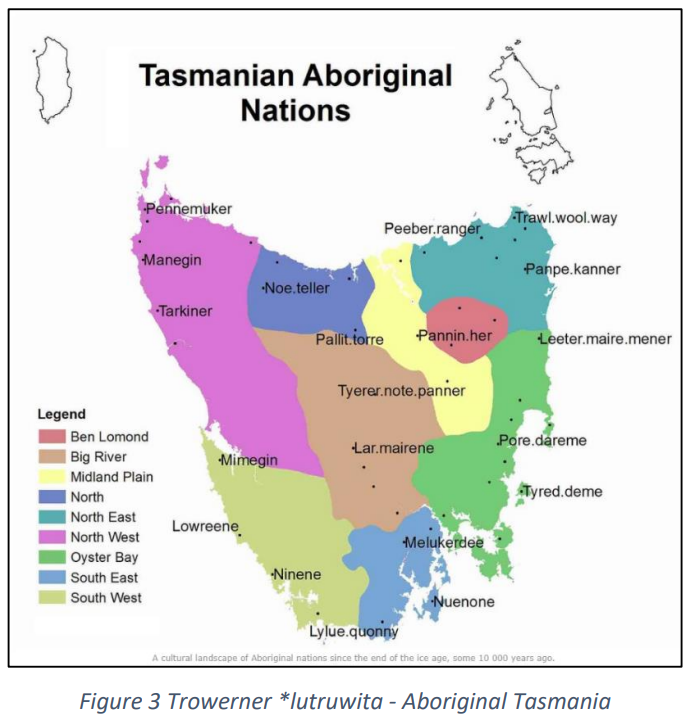
King River Press was established at the beginning of 2018. Our main focus is nature and family inspired poetry, handmade art & craft, local history, folklore, culture and conservation. Our books are held at the National Library of Australia in Canberra and in the Decatur Haiku Collection at Millikin University, Illinois, USA. 民句 folk ku journal is also held at Libraries Tasmania.
We are a boutique, not-for-profit, community focused hobby publisher named after the King River, located in the remote West Coast region of Tasmania. Given this region’s amazing beauty, it’s a popular tourist destination for nature and adventure travellers. The area is known for its rugged wilderness, whitewater and sadly, its degradation from the felling of Huon Pine and pollution from its history of gold and copper mining.

Prior to colonisation by the British in 1803, in which Aboriginal peoples wrongly suffered what some consider genocide, much of the island was populated or at least seasonally visited and occupied by Aboriginals. At King River Press, we recognise Tasmanian Aboriginal – lutruwita palawa people as true and sovereign people of Tasmania. The King and Franklin River areas are considered the lands of the lairmerenga people.
The King River is over 52 km long with a depth of up to 24 metres. The source of the King River is the Eldon and South Eldon Rivers. It runs along the Eldon and West Coast Ranges between Mount Huxley and Jukes. Flowing south and then to the west, it is joined by nine tributaries, including the Queen River. The King and Eldon Rivers also feed into Lake Burbury. As the river flows south, it travels through Teepookana Forest Reserve before reaching its mouth. The King River eventually empties into Macqurie Harbour near Strahan and then out to the Southern Ocean.
In 2016, University of Tasmania PHD students undertook research to establish the current condition and possible methods of rehabilitation of, what the Tasmanian government formerly referred to as, one of the most polluted (link was since removed) rivers in Australia. The Environmental Protection Authority of Tasmania described the condition of the lower King River, due to the Mt Lyell area mining, as biologically dead.

Although the history of the King River is somewhat sad, there are lessons to learn from its story. Despite its underlying condition, it is still a magnificent and gorgeous river; and the general area is still very much worth exploring. You can read more about exploring the King River and surrounds through Trip Advisor, King River Rafting and on Jack & Jude’s great site.
The King River Press name came about through my father, Peter Hawthorne, who loves the Mighty King. He co-designed the branding, which was passed down to him from his very good friend – the late Graham Bramich of Tasmania. Header images courtesy of TAHO – Tasmanian Archive and Heritage Office (commons collection). Image 1: Photograph – Postcard – King River Bridge, Mt Lyell Railway, Teepookana, Tasmania. Tasmanian Archive and Heritage Office: LPIC147/1/195 Image 2: Miners at a picnic on the King River. Tasmanian Archive and Heritage Office: NS3245/1/264 Page images – King River by Phil Whitehouse & King River and Lake Burbury between Jukes and Huxley by Jarrah Tree.
© King River Press 2023
